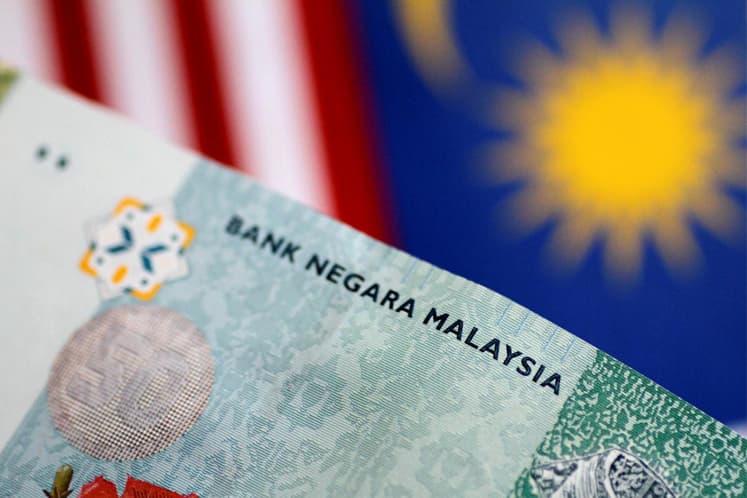
KUALA LUMPUR (June 29): While there are near-term policy uncertainties post-elections, UOB Global Economics & Market Research (UOB Research) says it is encouraged by the affirmative actions the new government has taken so far to improve transparency and accountability, as well as to curb protection.
"We sense that the new Pakatan Harapan government understands the urgency of cutting expenditure to deliver sufficient cost savings in order to meet the fiscal deficit target, cap debt levels, and honour all debt obligations in order to avert a sovereign rating downgrade," said UOB Research senior economist Julia Goh.
Hence, in a strategy note today titled 'Malaysia: Stronger fundamentals provide better support for the MYR', Goh reiterated the research agency's trading outlook for USD/MYR at 3.95 over the coming four quarters — till the second quarter of 2019.
Ringgit at current levels, she noted, remains undervalued relative to US dollar and continues to lag behind other regional currencies. But she believes the country's positive fundamentals will likely support the ringgit and buffer it from the elevated volatility in the emerging market space.
"In the current period of heightened global risk aversion, fund flows are moving away from EMs (emerging markets) and weighing on Asian currencies. So far, movements in the MYR since the election in early May have been largely in line with movements in USD/Asia. Moreover, economic conditions today are very different from 1998, for the Asian region and Malaysia," Goh noted.
Hence, she concurred with Prime Minister Tun Dr Mahathir Mohamad's stance that there is no need to peg the ringgit at the moment. He also said ringgit's fair value was 3.80 to the ringgit, the same level as when it was first pegged in 1998. The peg was removed in mid-2005.
"As such, there is less reason to peg the MYR now. Risks to our neutral outlook include deterioration in current account balance, FX reserves or lack of fiscal consolidation. That may put the MYR on renewed risk of weakness," she said.
Goh also outlined that Malaysia's macro policies have been supportive of growth, while higher oil prices are providing an added buffer to the country's current account surplus and government revenues.
"Malaysia recorded a current account surplus of 3% of GDP in 2017, and we expect a wider surplus of 3.4% in 2018 (vs current account deficit of 5.5% in 1997)," said Goh.
With strong external positions and stronger foreign reserves, Goh also noted that the country's external debt in foreign currencies are offshore borrowings and largely hedged, including interbank borrowings (28.4%), bonds and notes (24.2%), intercompany loans (16.3%) and loan financing (14%).
Among other positives she highlighted is Malaysia's public debt in foreign currency being significantly lower and so less vulnerable to forex fluctuations — 97% of official debt is in ringgit, 3% in foreign currency. Ringgit is also non-tradeable offshore and Bank Negara's Foreign Exchange Administration rules implemented in late 2016 has helped stabilise the currency, she noted.
Regionally, the picture also looks better, according to Goh.
“Improved external positions, better macro policies, and floating exchange rates mean Asian currencies are less likely to come under attack. Even if Asian currencies came under speculative attack, regional central banks have a war chest of foreign reserves at over US$5 trillion to defend their currencies,” Goh said.
“The regional network of bilateral swap arrangements will also provide the necessary backstop for liquidity and financial stability,” she added.